About 500 years ago, the Portuguese explorer Ferdinand Magellan discovered a maritime passage in the extreme south of the planet, a region unknown to Europeans at the time. The place would come to be called "Tierra Australis Incognita." The discovery, in effect, was the first globalization of modern society. The sea passage itself was named the Strait of Magellan.
In the 19th century, other Europeans and their descendants would arrive, this time to stay. Men who had already domesticated plants and animals and who upon arriving in what is now called Tierra del Fuego found hunter-gatherers who had lived there for more than 10,000 years. That indigenous group would became known as Selk'nam.
The encounter between hunter-gatherers and the colonizer farmers led to a de facto death penalty for the Selk'nam. This tragedy is still the order of the day: they are considered extinct in the history books and laws written by the victors, yet the survivors claim to be alive. And now they fight for recognition.
As a nonprofit journalism organization, we depend on your support to fund coverage of Indigenous issues and communities. Donate any amount today to become a Pulitzer Center Champion and receive exclusive benefits!
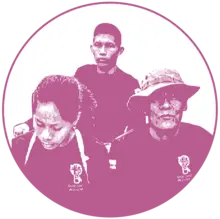
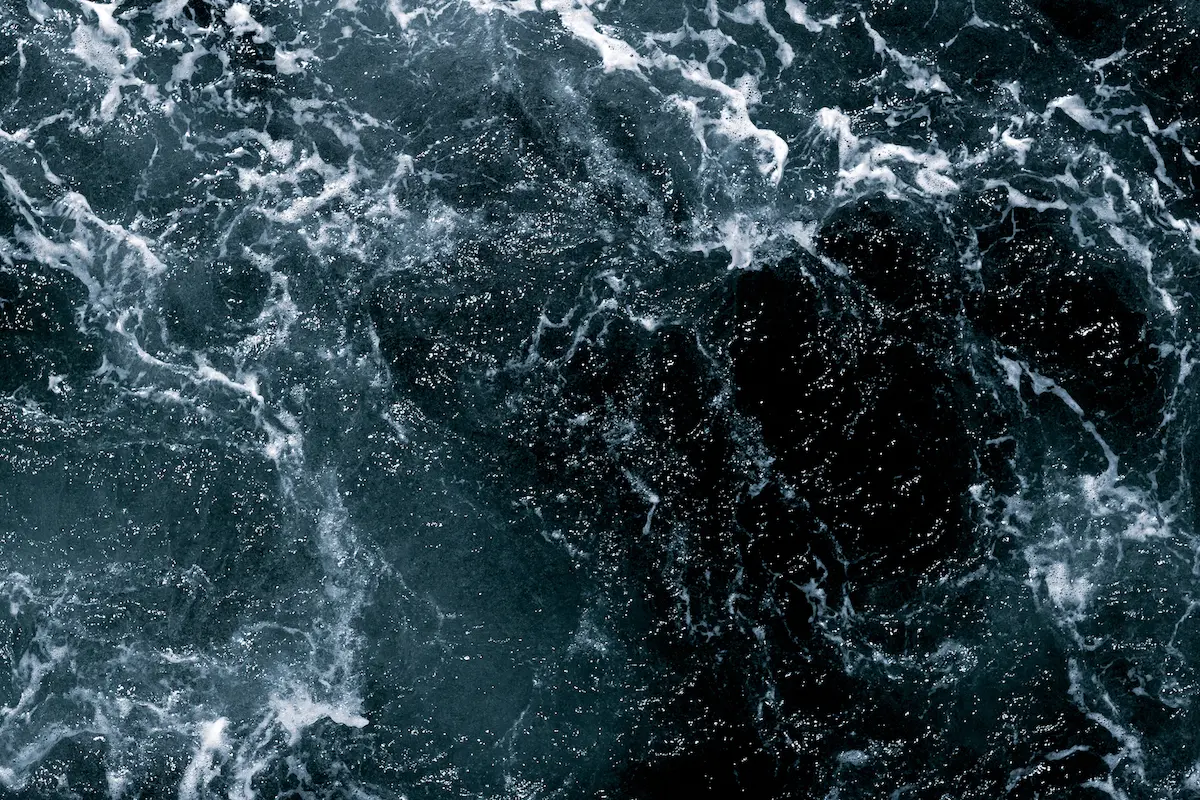
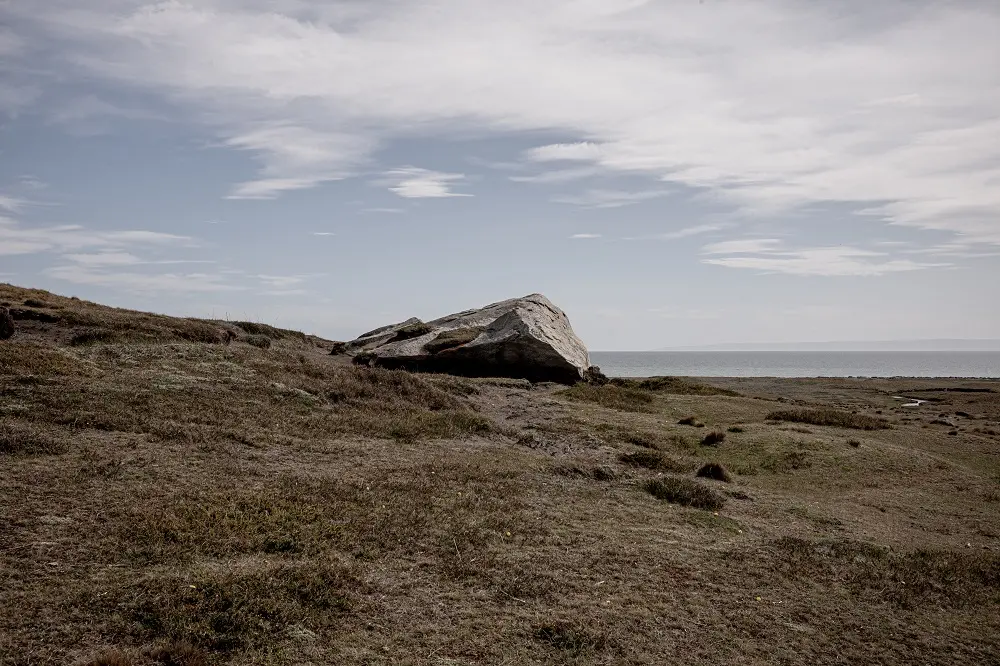
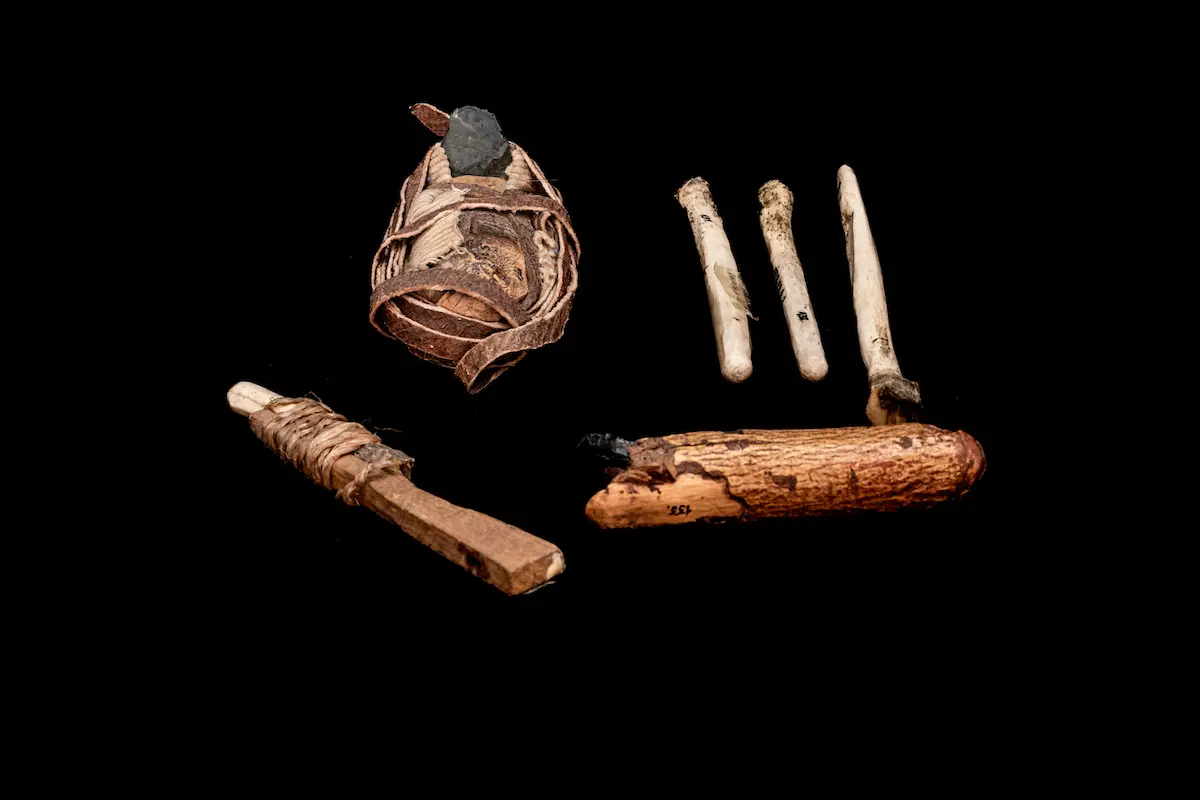
Rewriting History
In Chile, a century and a dictatorship have passed without the Selk'nam genocide being addressed. This began to change only recently in the 2010s thanks to the Internet, when finally web users searching for their origins could find each other. Now, together, the Selk'nam face the process of decolonizing and denaturalizing the historical perspective, of recovering and rethinking what happened to them. They have created community centers where family experiences, stories, and memories are shared and the truth is confronted. The Selk'nam are organized in entities such as Corporación Selk'nam and Comunidad Covadonga-Ona, both in Chile, and Comunidad Rafaela Ishton, in Argentina, to fight for their rights, starting with the recognition that they still exist, that they are not yet extinct. It is a living people.
The Comunidad Rafaela Ishton has existed since the 1980s and was one of the first to obtain legal jurisdiction in Argentina. In 1994, the Selk'nam were recognized as an indigenous people by the Argentine state. More than 600 families, in total about 1,000 people, identify themselves as Selk'nam in that country.
Hema’ny Molina, president of the Corporation Selk’nam Chile, and Miguel Pantoja, member of the Community of Rafaela Ishton, do not accept to be seen as “descendants” of the Selk’nam. “I am not a descendant, I am Selk’nam,” says Pantoja. “I have to explain myself and think about myself—it’s something violent,” he continues. Molina, in agreement, adds: “I always knew that I was Selk’nam but that does not mean to live as such or understand how to do it. There are various, complex layers. For many years there was a feeling of loneliness as we were unaware of the existence of other families. It was a feeling of emptiness and complete solitude. Who am I going to talk to? Who am I going to tell? Will people believe me?”
“I always knew that I was Selk’nam but that does not mean to live as such or understand how to do it. There are various, complex layers. For many years there was a feeling of loneliness as we were unaware of the existence of other families. It was a feeling of emptiness and complete solitude. Who am I going to talk to? Who am I going to tell? Will people believe me?”
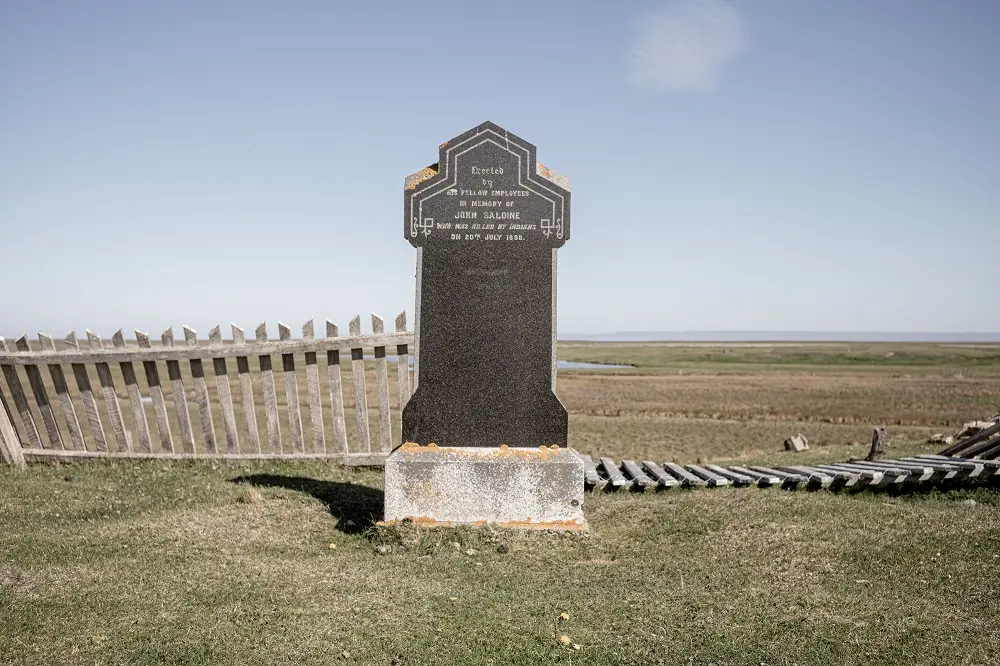
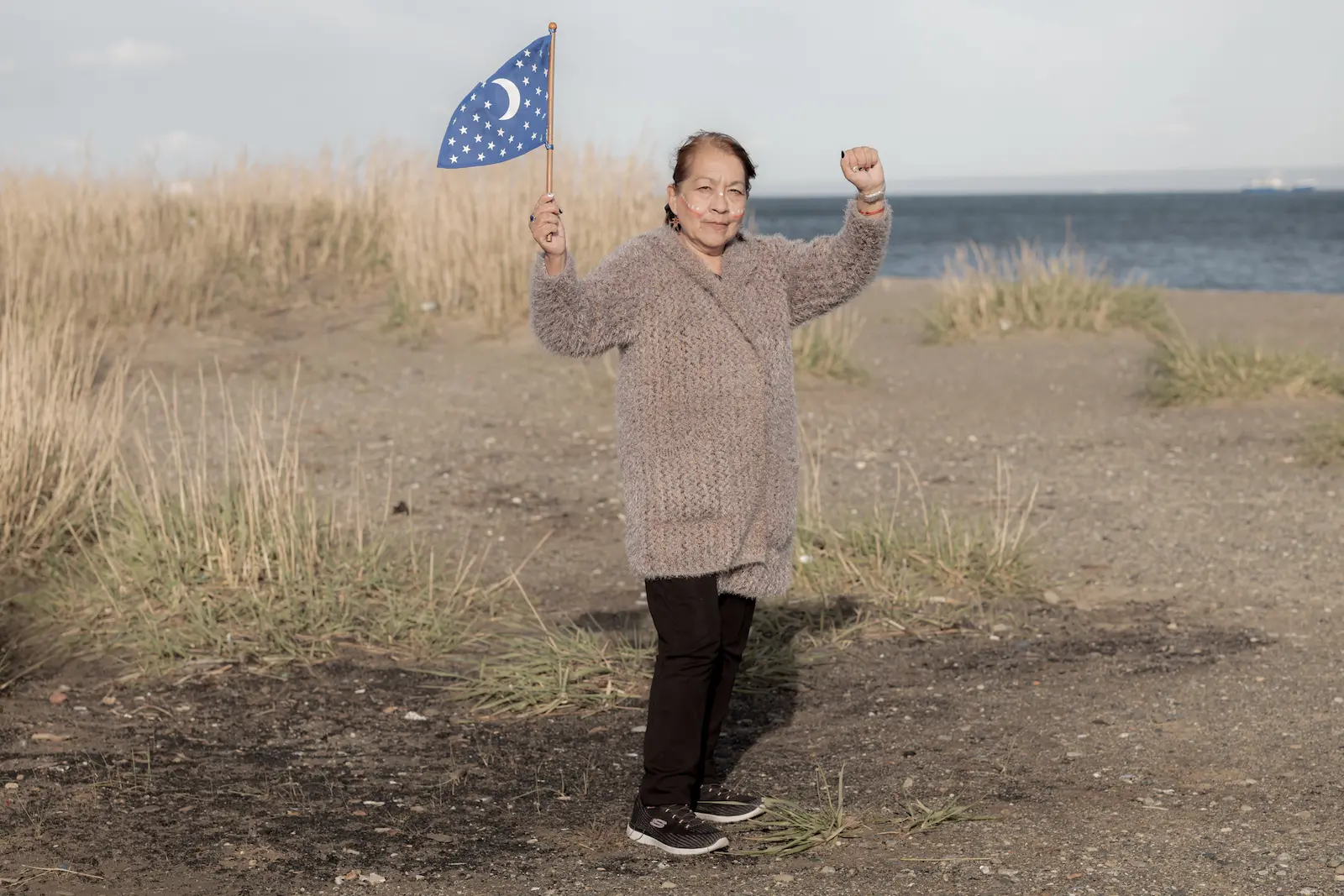
In Chile, Corporación Selk'nam won legal jurisdiction in 2015. The organization has more than 50 members, and their families, in total, number about 200 people. According to the 2017 Chilean census, 1,144 people identified themselves as Selk'nam. Still, the Chilean state does not recognize the existence of the Selk'nam as a people. The Corporation Selk'nam fights for the inclusion of the Selk'nam in the list of "main ethnic groups" recognized by the Indigenous Law No. 19,253, of 1993.
They have the help of researchers from two Chilean universities: Universidad Católica Silva Henríquez and the Universidad de Magallanes. Alejandro Núñez Guerrero, director of the Centro Universatario of the Universidad de Magallanes in Porvenir, Chile, has been forging agreements to carry out more field research. Among their findings so far was a recent discovery that the first settlers' ranch on Tierra del Fuego was built on the Chilean side and not on the Argentine side, as previously believed, and that the Selk'nam are actually more numerous on the island. All of these are fundamental facts in the recognition process.
For their part, Héctor Vásquez Chogue, former vice-president of the Covadonga Ona community, and his brother, José Luis Vásquez Chogue, secretary of the Selk'nam Corporation, have been on a personal quest for more than thirty years. The recent journey of self-discovery as Selk'nam has also turned into a tour of endless meetings with Chilean politicians to incorporate the Selk'nam into the Indigenous Law. The main objective is to make them known as living Selk'nam, as a modern and integrated people, unlike what is currently taught. "It is difficult to say who I am, because the State does not recognize us," says José.
The Selk'nam hope to receive official recognition in early 2022, the deadline which the Chilean state has given the community to prove they are alive.








